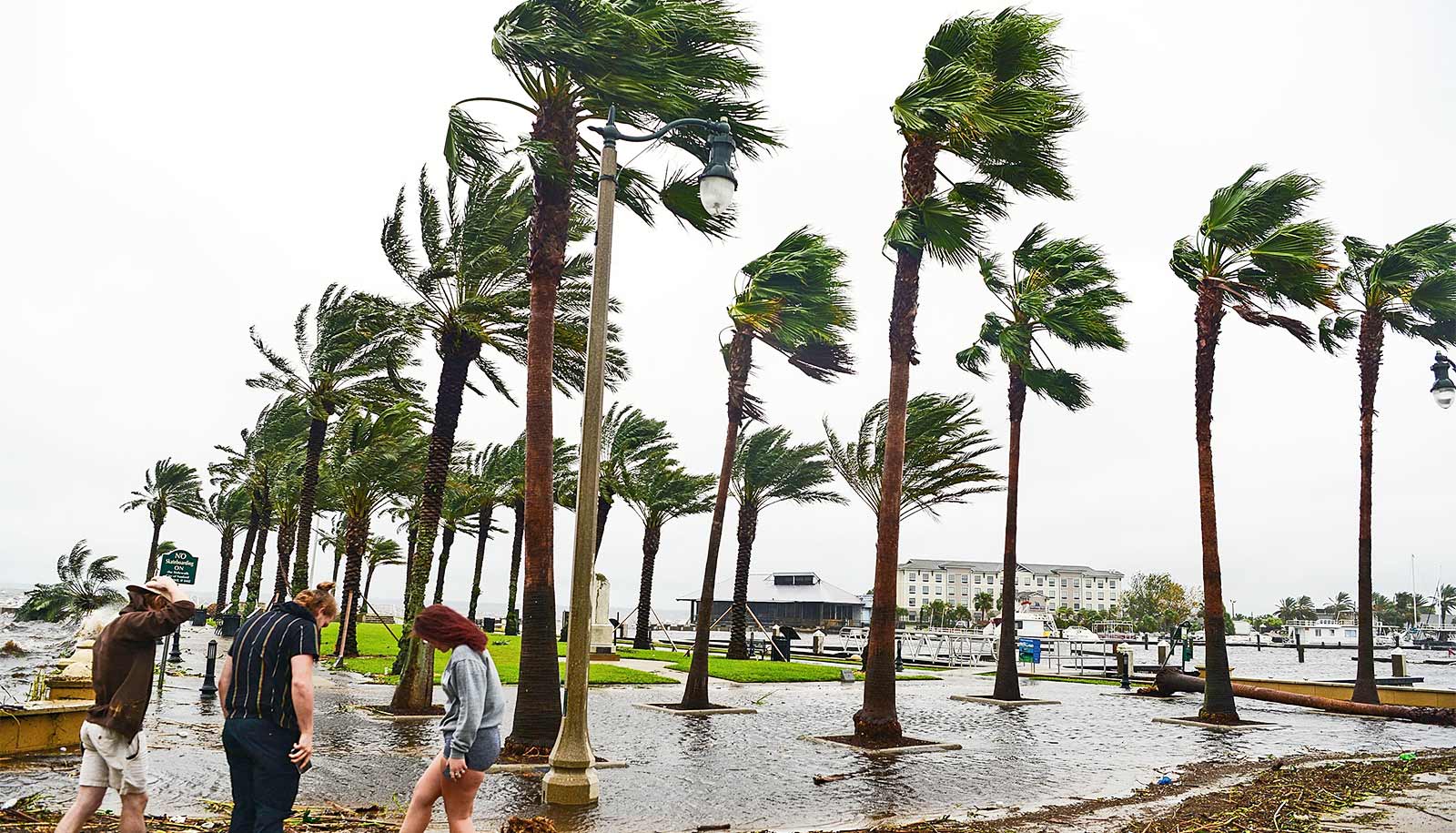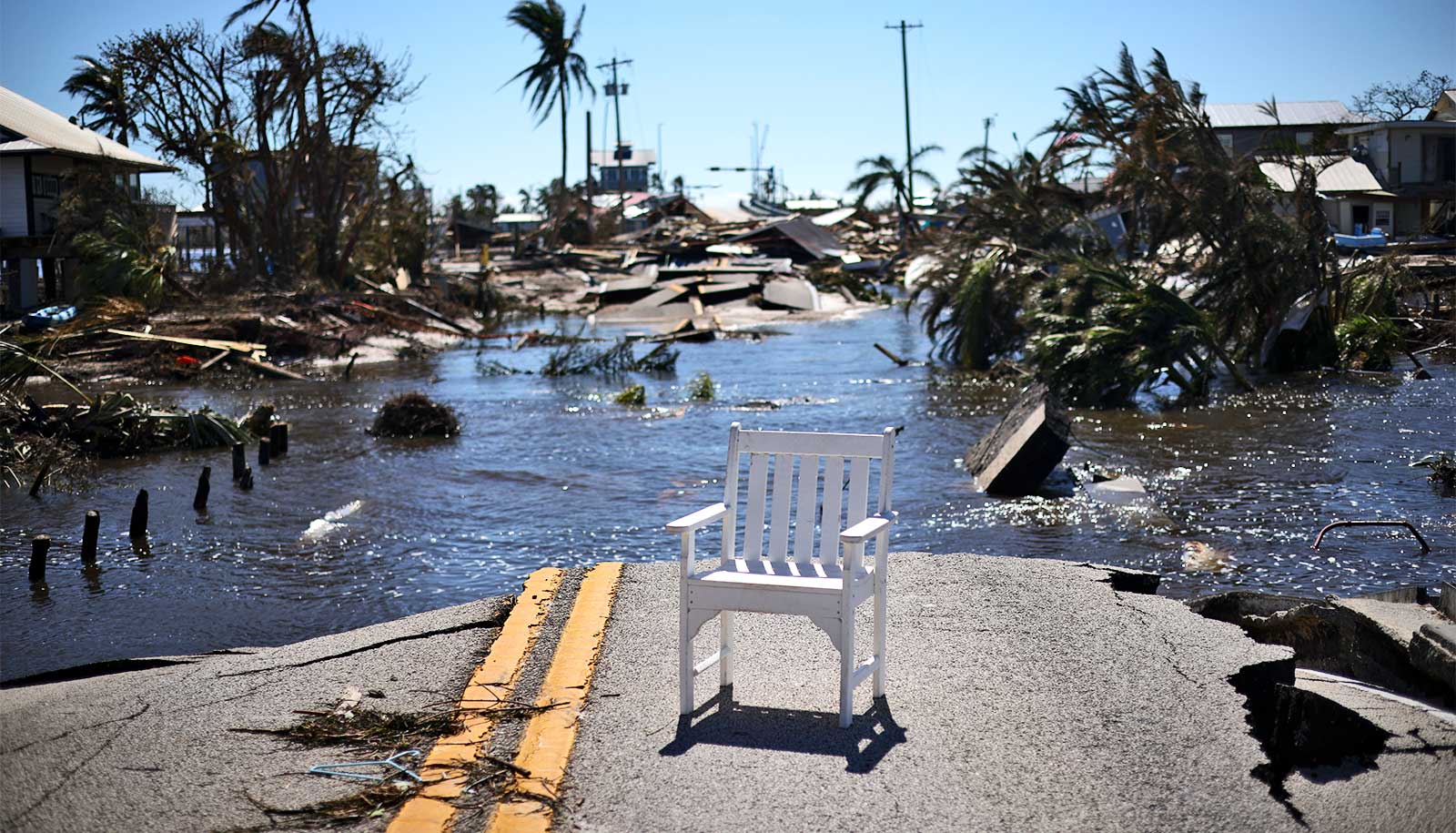Brace for a very active hurricane season this year, warn forecasters.
The 2023 hurricane season saw 20 named storms and three major hurricanes from the Atlantic basin, ranking as the fourth most active hurricane season on record.
This year’s hurricane season, which runs from June 1 to November 30 is going to be even worse, according to a hurricane prediction model.
“We are predicting five major hurricanes and 21 named storms over the North Atlantic,” says Xubin Zeng, professor in the University of Arizona’s hydrology and atmospheric sciences department, whose hurricane forecasting team is making predictions for the 10th year in a row.
The team’s prediction is specifically for the North Atlantic basin, Zeng says, which includes the Gulf of Mexico and the East Coast. It does not apply to hurricane activity in the eastern Pacific, which affects Mexico and occasionally the southwestern US.
Last year’s hurricane season was impacted by El Niño, a climate pattern that results in an above average sea surface temperatures over the eastern Pacific. The 2024 hurricane season will most likely see a La Niña climate pattern or the periodic cooling of sea surface temperatures in the eastern Pacific.
Although La Niña occurs in the Pacific basin, it can still influence weather in the Atlantic Ocean. La Niña favors the formation of a greater number of stronger hurricanes in the Atlantic basin because during La Niña, the intensity of winds in the atmosphere’s upper levels over the Atlantic weakens. There is no significant change in the speed or direction of those winds with respect to their height, allowing the development of more intense hurricanes.
The five major hurricanes predicted by the team could end up being Category 3, 4, or 5, with Category 5 being the strongest, marked by winds greater than 157 mph. These hurricanes could cause catastrophic wind damage and significant loss of life.
Zeng’s team has forecast that in addition to the five major hurricanes, there will be six Category 1 or 2 hurricanes. That makes a total of 11 hurricanes, while the historical annual average of hurricanes has been seven. The team also predicts 21 tropical storms, while the historical average has been 14.
Storms are the precursors to hurricanes and have wind speeds that range between 39 and 73 mph. Hurricanes are violent storms that form over warm tropical oceans. They begin as low-pressure areas and subsequently enhance thunderstorm activity as they move through the moisture-rich tropics. Wind speeds that reach 74 mph within a storm are classified as hurricanes.
With a very active hurricane season ahead, it is important for government agencies to start preparing for emergency management, says Zeng, who is also director of the Climate Dynamics and Hydrometeorology Center at the University of Arizona. Home buyers may also want to reconsider plans to buy houses or properties near the Atlantic coast, Zeng says.
“You need to rethink in terms of the risks associated with the quality of the property after it gets affected by hurricane activities,” Zeng says. “The risks could emerge in the long run, if not immediately.”
The team began making its annual predictions in 2014, and the hurricane forecasting model is now one of the most accurate in the country.
In April, Zeng’s group makes forecasts based on the seasonal predictions from the European Center for Medium-Range Weather Forecasts, an independent intergovernmental organization that produces global numerical weather predictions. The forecast is post-processed by machine learning tools.
The predictions will be updated again in June, when University of Arizona forecasters combine the output from their forecasting model with observational data they gather from March through May.
“We have done amazingly well for our April prediction in the past few years,” Zeng says.
Source: University of Arizona



